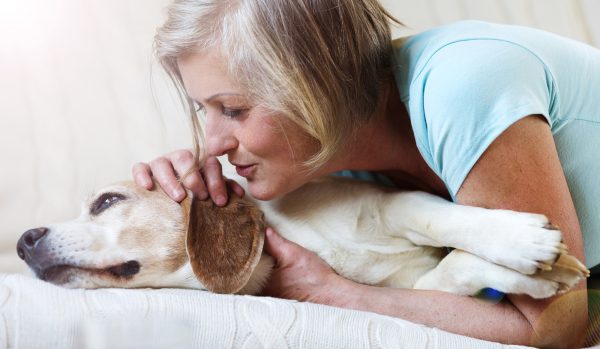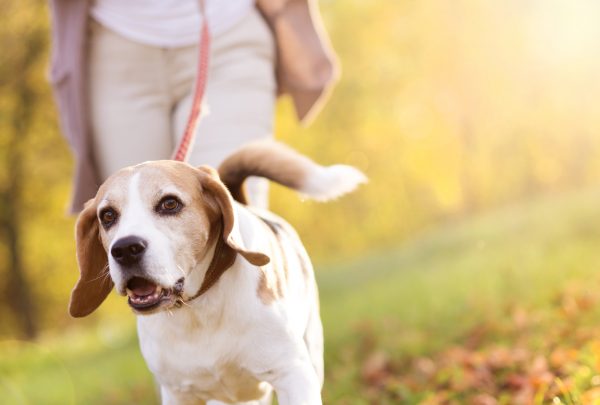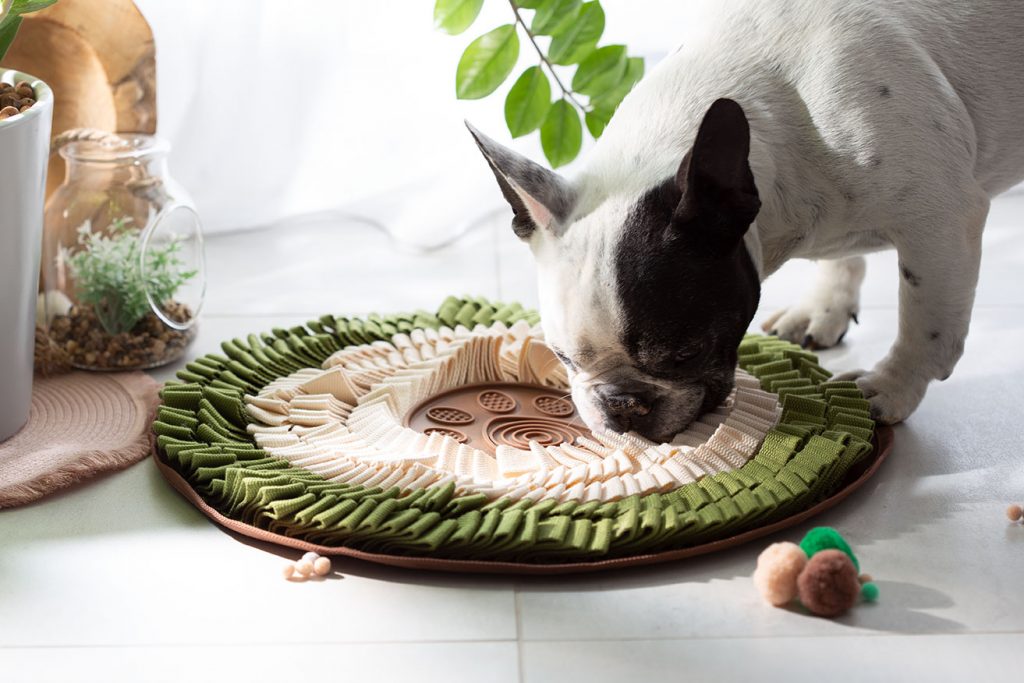How to keep your dog active even at an older age

As your dog ages, his activity level may decrease. But just because your dog isn’t as physically active as he used to be, you shouldn’t let his mind stop exercising to stay alert.
Depending on your dog’s breed, it may reach adulthood between 5 or 6 years of age. Here are 4 practical tips to keep your senior dog active and happy.
1.) Massages are always a great option!
Why shouldn’t your dog love massages as much as you do?
A good massage calms your dog and strengthens his bond by making him feel beloved, protected, and at ease. Don’t assume these are the only advantages; massage may also help with flexibility and circulation.
A soft pressure should be applied from the nape of the neck all the way down the spine, around the ears, and at the base of the legs during the massage.
For them, the head is also an excellent place. Pay attention to how he loves it, and then try it yourself.
The elderly dog needs extra attention, which may be enhanced with massages to improve their comfort and enjoyment.


2.) Get outside together!
Who says an aged dog can’t participate in activities? Even though your dog’s activity level is gradually decreasing, he still likes being outside with you.
If he is unable to walk great distances, get in your car and drive him to a meadow, forest, or beach to spend a pleasant Saturday with him.
Even if he doesn’t run, he will be able to appreciate nature and the advantages of the sun.
3.) Reward him as soon as he earns it
Contrary to popular belief, an aged dog is still delighted when he obeys an order and is rewarded for it.
Making him feel helpful is a must in order for the dog to feel fully integrated into the household.
Your senior dog mustn’t feel displaced. Therefore use particular treats or snacks for him whenever you think he deserves it.
In any case, keep in mind that preventing obesity, a highly negative aspect that can lead to significant ailments in an older dog, is critical. Vitamins are also vital, and your veterinarian may advise you on what kind of care your senior dog needs.


4.) Every day, take a walk with him.
Elderly dogs require walks as well; however, they are more likely to become fatigued after a lengthy walk.
What options do you have? Making shorter but more frequent walks, averaging 30 minutes each day, will be enough to prevent fat and maintain muscle tone.
Never forget that even if you live in a house with a garden, it is essential that you take your dog for a walk with you.
A trip is calming for him and provides him with information about the people living nearby; do not convert his final stage of life into a prison.
In the end, it’s all about having some fun with your dog!
Your furry friend doesn’t seem to have the same vigor as before? It makes no difference; your elderly dog still wants to play and chase balls; it’s in his nature.
Play with him anytime he asks, but constantly moderate the game and adjust it to his advancing age. Shorter distances, less height, and so on are all good ideas.
Remember, the love your dog feels for you it’s still the same, no matter the age!
– Trust me, I‘m a dogtor.
Günther's Tipps for an active life

UFO Elevated Dog Bowl

Snuff Wuff Dog Snuffle Mat

 Deutsch
Deutsch